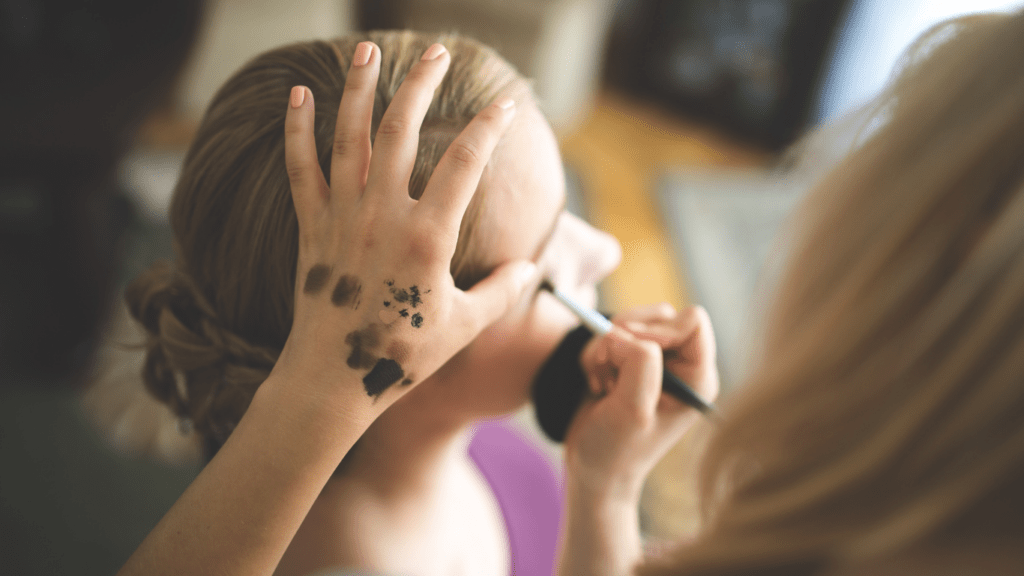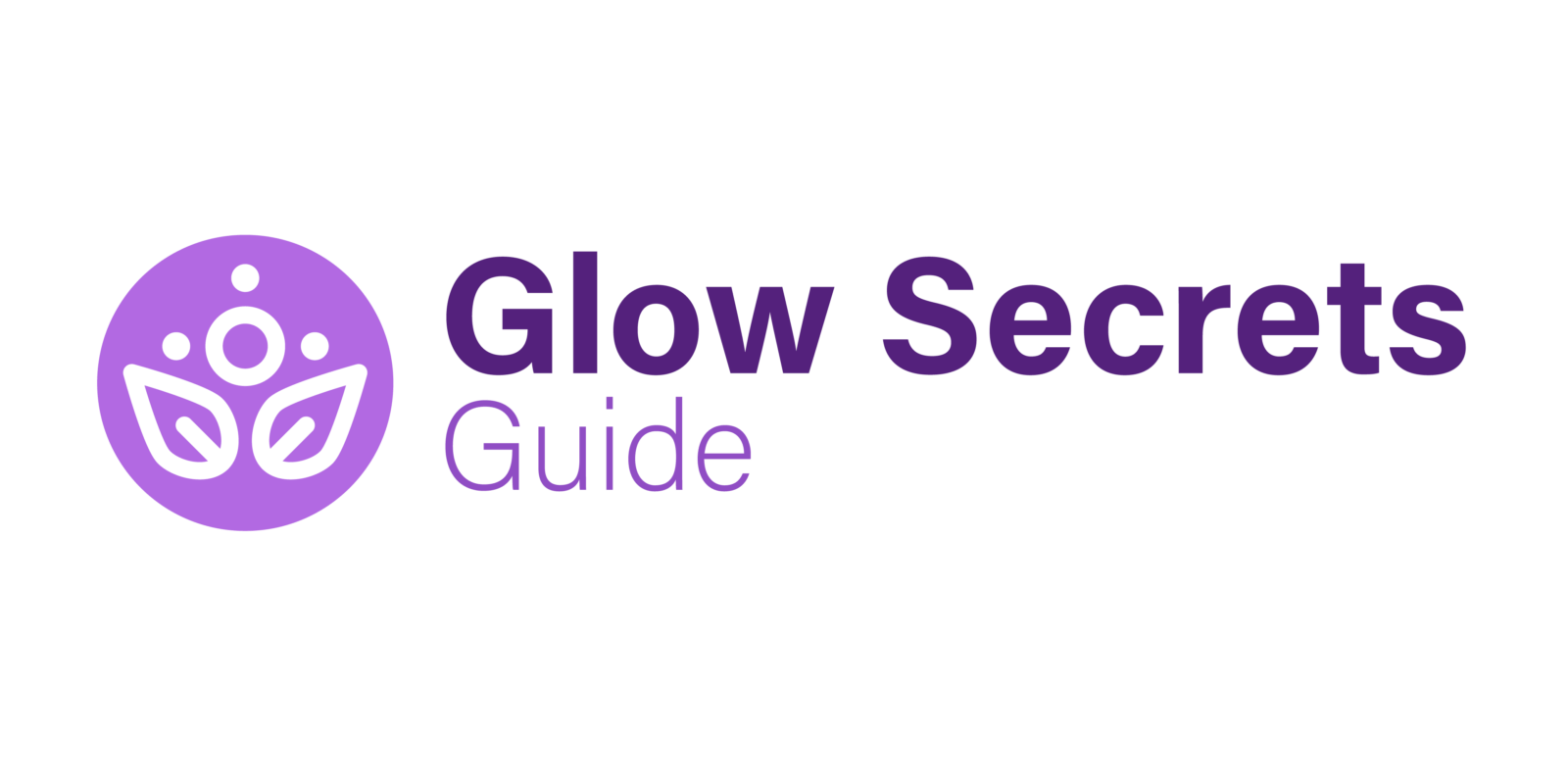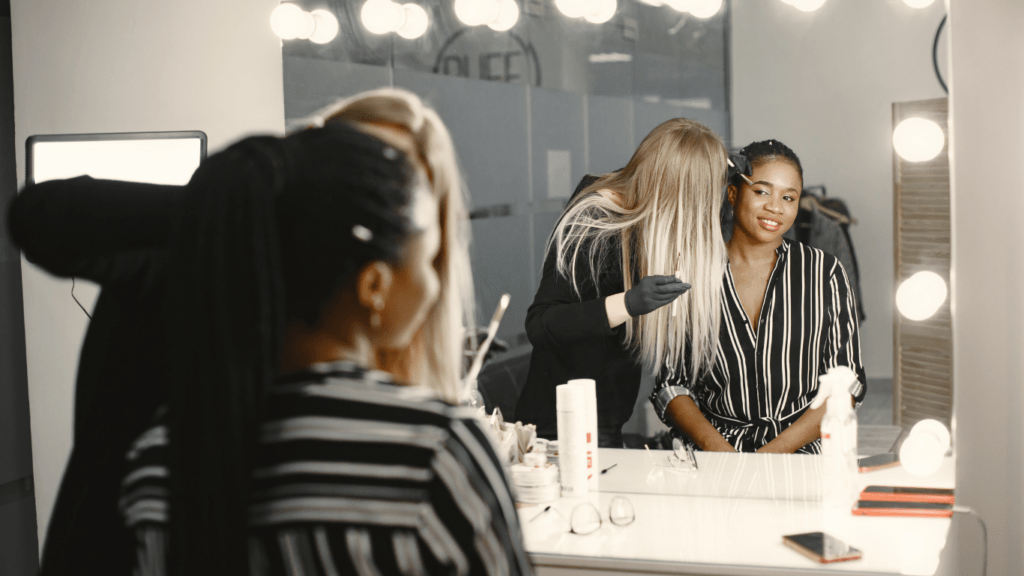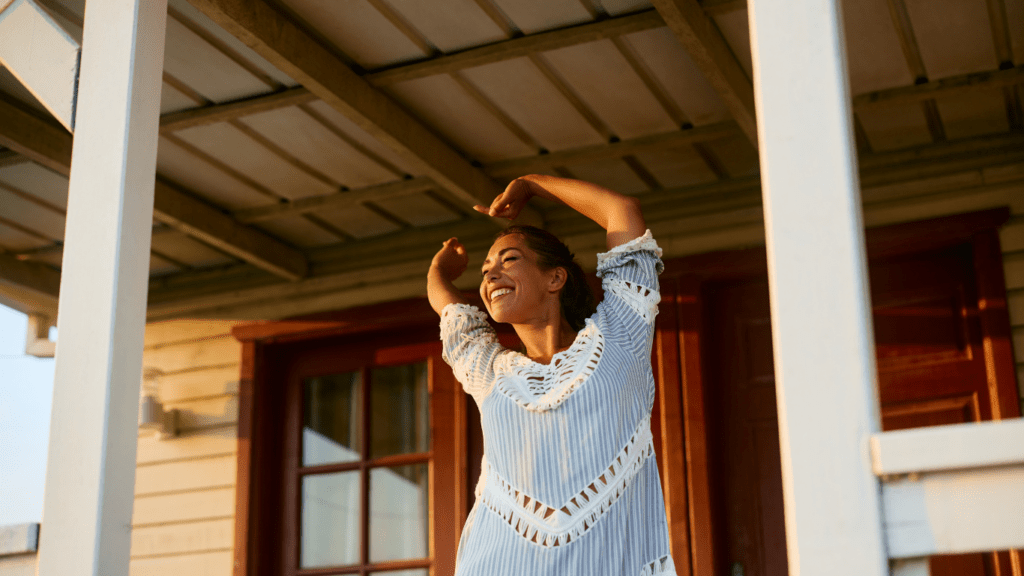The Evolution of Beauty Standards
Beauty standards have significantly transformed over the years. Traditional ideals once emphasized a narrow definition, often excluding many. Early beauty norms prioritized Eurocentric features, fair skin, and slim body types. Images in media and advertisements rarely reflected the diversity of real-world populations.
In recent decades, there has been a noticeable shift towards diverse representation. Brands now celebrate different skin tones, body shapes, and facial features. Instead of a single standard, multiple benchmarks for beauty have emerged. For example, Rihanna’s Fenty Beauty introduced an extensive range of foundation shades, setting a new precedent in the industry.
Social media has also played a crucial role in evolving beauty standards. Platforms like Instagram and TikTok allow individuals to showcase their unique looks and redefine beauty norms. Influencers from various backgrounds gain followings and encourage more inclusive beauty perceptions. Hashtags like #bodypositivity and #melaninpoppin highlight and celebrate diverse beauty.
Moreover, the fashion industry now embraces models of all sizes and ethnicities. Runways and magazine covers feature a wider array of models, setting trends that resonate with a broader audience. Events like New York Fashion Week increasingly spotlight inclusivity, promoting designs that cater to different body types and skin tones.
These changes reflect a broader cultural recognition that beauty is not one-size-fits-all. By acknowledging and embracing diversity, the beauty industry sends a powerful message: everyone deserves to feel beautiful in their own skin.
Representation in Advertising
Beauty companies now showcase a diverse range of individuals in their marketing efforts, reflecting a broader definition of beauty. This shift makes consumers feel seen and valued.
Inclusive Campaigns
Many brands have launched inclusive campaigns to highlight different beauty standards. For example, Dove’s “Real Beauty” campaign features women of various ages, ethnicities, and body types.
This approach challenges traditional beauty norms and resonates with a wider audience. Brands like CoverGirl have also embraced diversity by including models and spokespeople from different backgrounds. Their campaigns aim to represent everyday beauty, making consumers feel included.
Diverse Influencers
Influencers with diverse backgrounds significantly impact the beauty industry. These influencers, like Nyma Tang known for her “The Darkest Shade” YouTube series, advocate for inclusivity in product ranges. Social media platforms allow these voices to reach a global audience, emphasizing the need for diverse representation.
Influencers like Jackie Aina and Alok Vaid-Menon use their platforms to discuss beauty issues and promote brands that prioritize diversity. Their presence in advertising helps reshape beauty standards, fostering a more inclusive industry.
Product Innovation and Inclusivity

Beauty brands focus on creating products that cater to a diverse range of consumers. This section examines how companies innovate to promote inclusivity through shade range expansion and culturally inspired products.
Shade Range Expansion
Numerous brands extend their foundation ranges to include shades for every skin tone.
Fenty Beauty’s launch with 40 shades set a new standard, encouraging other brands to follow suit.
L’Oréal and Maybelline now offer extensive shade ranges, making products accessible to everyone. This inclusivity doesn’t just stop at foundations; brands expand their concealer, powder, and bronzer lines too. By catering to various skin tones, companies ensure that all consumers can find products suited to their unique complexion.
Culturally Inspired Products
Brands draw inspiration from diverse cultures to create products that resonate with different communities. For example, Juvia’s Place offers eyeshadow palettes inspired by African heritage, featuring rich, bold colors. Tatcha incorporates traditional Japanese beauty rituals into its skincare line, bridging cultural traditions with modern skincare needs.
These culturally inspired products celebrate global beauty practices, fostering a sense of representation and respect within the beauty industry. This approach not only caters to niche markets but also educates consumers about different cultural beauty standards and rituals.
Challenges and Criticisms
Despite strides toward inclusivity, the beauty industry is still grappling with various issues. It’s essential to address these challenges to ensure genuine progress.
Tokenism Issues
Tokenism, where diversity is superficial or symbolic, remains prevalent. Some brands showcase a few diverse models but fail to support them with expansive product ranges or deeper change.
For instance, offering limited shades within product lines and neglecting the specific needs of marginalized communities exhibits that token displays don’t equate to real inclusivity. Critics argue this approach undermines the sincerity of diversity efforts, making it crucial for brands to embed diversity in all facets of their operations.
Continued Underrepresentation
Persistent underrepresentation of certain groups underscores another critical challenge. While brands highlight various ethnicities and inclusive body types in campaigns, many communities still find themselves excluded. For example, individuals with disabilities, older adults, or non-binary people often receive little to no representation.
This lack of visibility reinforces the notion that beauty is narrowly defined, and it overlooks the diverse tapestry of consumer identities. Addressing this gap requires brands to broaden their understanding of beauty and commit to consistent and authentic representation.
The Role of Social Media
Social media has become a powerful tool in the beauty industry’s push for diversity and inclusivity. Platforms like Instagram and TikTok give a voice to underrepresented groups and help redefine beauty norms.
Amplifying Diverse Voices
Social media allows diverse beauty influencers to reach global audiences.
- Many creators, like Nyma Tang and Jackie Aina, highlight issues like shade inclusivity in makeup.
- These platforms give marginalized communities a stage to share their stories and influence change in the industry.
- Brands now collaborate with influencers across various backgrounds to showcase a broader spectrum of beauty.
Influencer Impact on Brands
Beauty influencers hold significant sway over consumer behavior. When influencers like James Charles partner with major brands, they attract diverse audiences.
This collaboration boosts brand credibility and fosters consumer trust. Brands like Morphe and Anastasia Beverly Hills have expanded their shade ranges and product lines because of influencer feedback and advocacy for diversity.
Brands Leading the Way
Established companies and new entrants are both embracing the shift towards diversity in the beauty industry, demonstrating a commitment to representation.
Established Brands
Major players like L’Oréal and Estée Lauder are setting examples. L’Oréal has championed campaigns showcasing a wide range of skin tones, ages, and genders.
For instance, their “True Match” foundation line includes 45 shades, catering to various skin tones. Estée Lauder has also expanded its shade ranges and collaborated with diverse influencers to reach broader audiences.
Similarly, MAC Cosmetics has always been at the forefront of inclusivity. Their “All Ages, All Races, All Genders” campaign highlights their commitment to embracing all forms of beauty. Their “Studio Fix” foundation comes in over 60 shades, making it one of the most inclusive lines available.
New, Diverse Brands
Emerging companies like Fenty Beauty, Uoma Beauty, and Range Beauty are reshaping the industry standard.
Fenty Beauty, launched by Rihanna, became a game-changer with 40 foundation shades at its debut, reinforcing the need for diversity in cosmetics. This move prompted other brands to expand their own shade offerings to keep up.
Uoma Beauty, founded by Sharon Chuter, centers around African beauty and offers products specially formulated for darker skin tones. Their line includes foundations that cater to a spectrum of undertones often overlooked by mainstream brands.
Range Beauty, founded by Alicia Scott, focuses on clean beauty solutions for sensitive and acne-prone skin while providing a wide shade range. This brand is a testament to the growing demand for inclusive, clean, and effective beauty products.
These brands exemplify how the beauty industry is evolving to embrace diversity, ensuring everyone finds products that suit their unique needs.


 Bonnie Brown is an expert in holistic wellness with over a decade of experience in natural health and skincare. She has dedicated her career to helping individuals achieve radiant health through plant-based solutions and mindful self-care practices. Bonnie is passionate about blending ancient traditions with modern wellness techniques, making her insights a valuable resource for anyone on a journey to healthier skin and overall well-being.
Bonnie Brown is an expert in holistic wellness with over a decade of experience in natural health and skincare. She has dedicated her career to helping individuals achieve radiant health through plant-based solutions and mindful self-care practices. Bonnie is passionate about blending ancient traditions with modern wellness techniques, making her insights a valuable resource for anyone on a journey to healthier skin and overall well-being.
